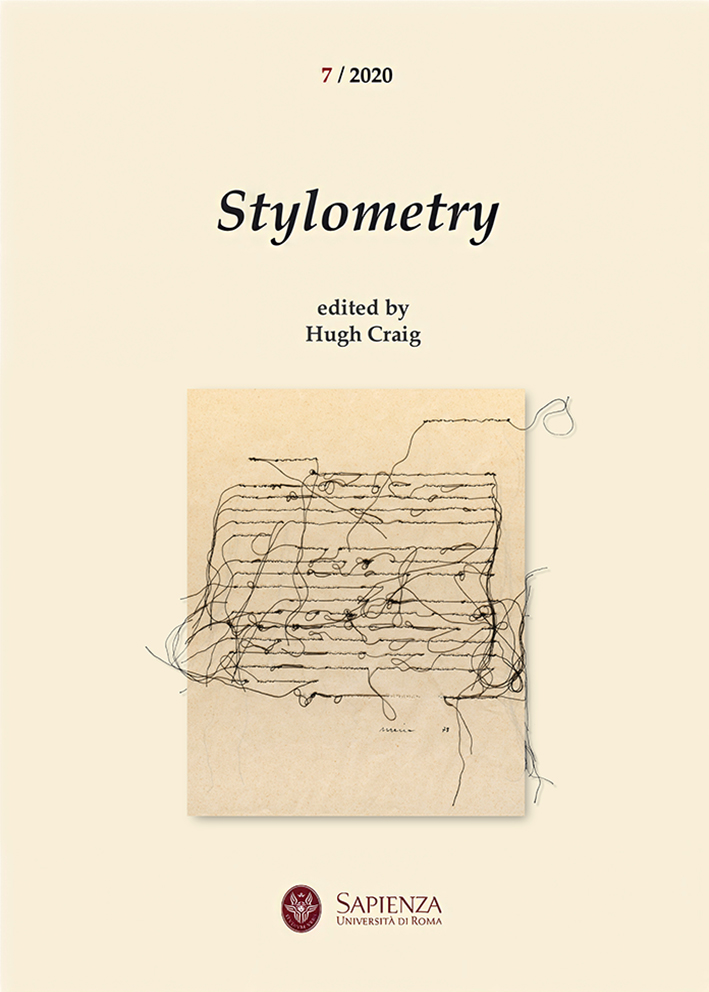Computational Philology
DOI:
https://doi.org/10.13133/2283-8759/17248Abstract
This paper uses exploratory statistical analysis of Shakespeare’s style to argue that computational methods, like critical theory before them, can reform but must not abandon the philological heart of humanistic inquiry. I make this argument by demonstrating how advanced statistical methods are basically philological in scope, quality, and stakes. Philology, which James Turner defines as “the multifaceted study of texts, languages, and the phenomenon of language itself”, acts as both method and field in Shakespeare studies. Even when unconcerned with language per se, Shakespeare scholars have drawn from the well of philological method: comparing instances of a form or phrase, situating texts in cultural and material environs, and formulating interpretive claims about texts. Responding to recent computationally-oriented scholarship, I argue that digital methods, which most scholars view as a historic departure, in fact extend the work of philology. I apply various methods to a curated corpus of Shakespeare’s characters’ speech. As a dataset produced (mostly) by a single writer but consisting of more or less individuated voices, character speech provides opportunities for comparison and confirmation that tell us as much about the statistical methods as they do about Shakespeare’s style. I apply dimension reduction techniques (in particular, Principal Components Analysis) and examine the results, using statistical methods to analyze Shakespeare’s style and Shakespeare’s style to analyze the methods. These techniques, I argue, are themselves bound up with philological methods.
Keywords: Philology, Dimension reduction, Python, Dramatic character, Dramatic genre


